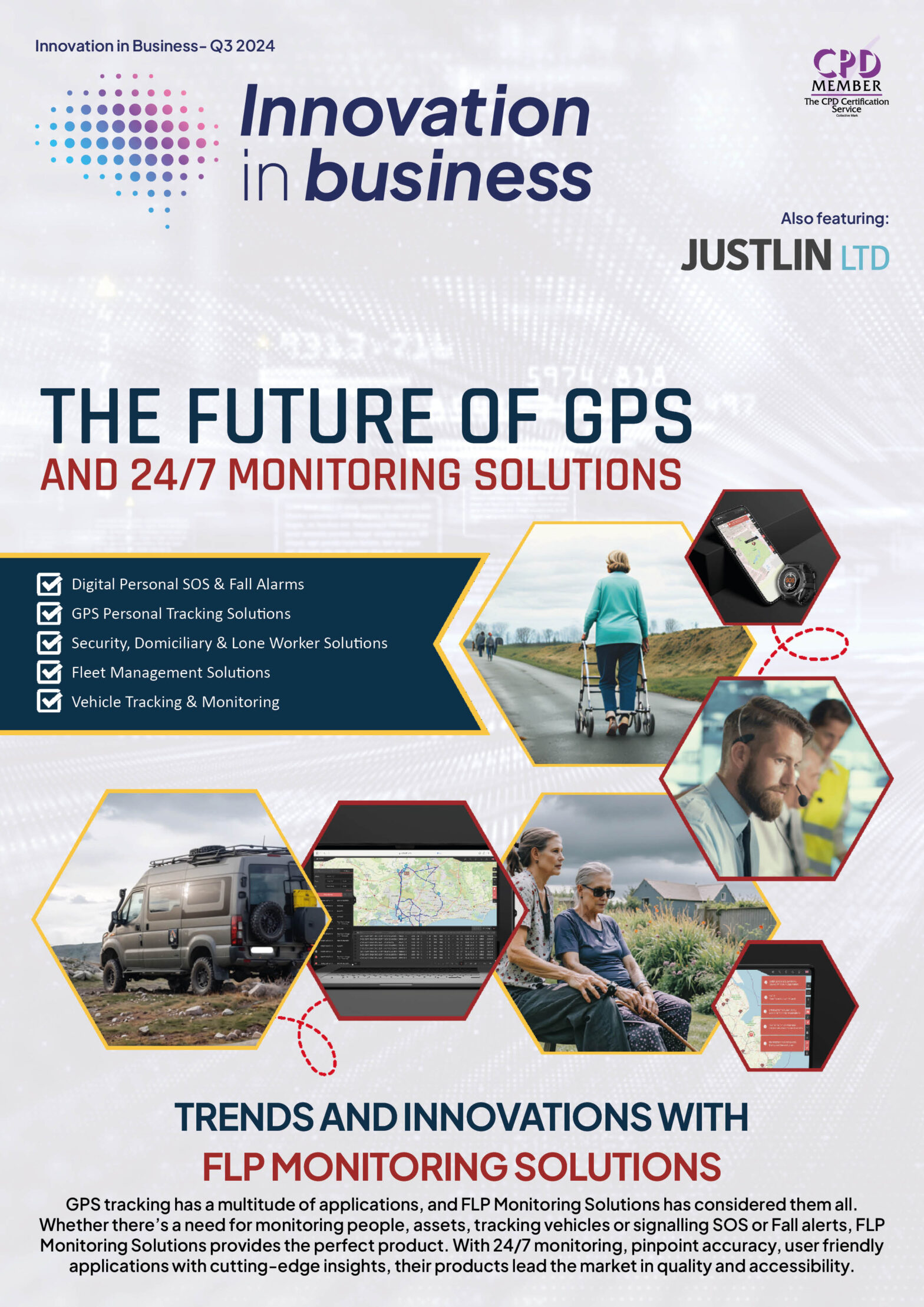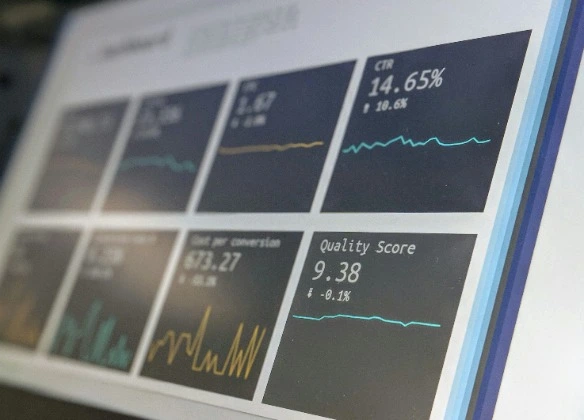

Cybercrime is a continually evolving field. Businesses that hope to stay secure must adapt to changing attack trends, and that begins with learning more about what they may face. Finding the best threat intelligence platform is key to optimizing your security posture.
What to Look for in a Threat Intelligence Platform
Threat intelligence platforms collect and analyze data to understand attackers’ motives, methods and impact. With this information, you can protect against shifting tactics and better identify potential breaches as they occur. That’s important because timely detection shortens data breach lifecycles by 61 days and saves $1 million on average.
While each platform has unique pros and cons, you should look for a few key features. Threat scoring is one of the most important — information technology (IT) workloads are typically high, so you must be able to triage potential threats and vulnerabilities, which scoring enables. Real-time detection is also a big advantage, as it greatly shortens response times.
Other features and benefits to look for include:
- Extensive data collection and aggregation.
- Automation.
- Integrations with other security software.
- Data visualization and reporting.
- Ease of use.
What Is the Best Threat Intelligence Platform?
The best threat intelligence platform depends on your needs and goals, but a few industry leaders deserve your attention. Here are five of the leading solutions to consider.
1. ThreatConnect
For many organizations, ThreatConnect is the best threat intelligence platform, thanks to its abundance of features and customization options. It compiles data from a wide variety of sources, offers artificial intelligence (AI)-driven insights and supports many third-party plug-ins so you can integrate it into your existing tech stack.
ThreatConnect’s extensive automation options can reduce the workload on busy IT staff. Alert triaging and easy-to-understand data visualizations take that benefit further, enabling quick responses and optimizations without needing a larger team.
Keep in mind, though, that some features, like real-time alerts, require a plug-in. Some teams prefer a solution that includes built-in functionality in that area. Those without much existing infrastructure to worry about compatibility with may also benefit less from it.
2. CrowdStrike Falcon Adversary Intelligence
A good alternative is CrowdStrike’s Falcon Adversary Intelligence platform. Falcon is one of the most popular threat intelligence services for a reason. It boasts strong AI features like behavior analytics and automatic dark web monitoring.
CrowdStrike also offers detailed profiles of hundreds of known threats. These visualizations make it easy to understand some of the most prominent attack methods you may face. The Falcon platform also responds to threats to automatically improve your protection instead of merely telling you about prevalent risks.
Some teams will remember CrowdStrike as the software behind the largest IT outage in history, which may dissuade would-be buyers. Still, events like that are rare, and overall, Falcon Intelligence is a reliable, highly functional solution.
3. Mandiant Advantage
Another of the best threat intelligence platforms comes from one of the largest tech companies — Google. Google’s Mandiant Advantage is entirely cloud-based, so it’s product-agnostic and will work in virtually any IT environment.
Mandiant combines AI insights with expert human experience to provide in-depth intelligence on a wide range of cyberthreats. It also offers a free version with many critical features, like vulnerability reports and interactive dashboards. As a cloud-based solution, it’s also naturally scalable.
Free options are always tempting, but with security spending predicted to grow by 15% in 2025, some organizations may prefer to allocate money toward a more functional platform. Mandiant also offers premium features, but you may get a better deal from CrowdStrike or ThreatConnect.
4. Recorded Future
Recorded Future is worth consideration if you want a cloud-based solution but aren’t sold on Mandiant. Like Google’s platform, it also provides a free version, albeit with limited features.
The Recorded Future cloud leans heavily on AI, using predictive analytics and automated investigations to score risks and recommend defenses. This extensive use of automation also saves a lot of time and makes the platform easy to use. Considering the global shortfall of 4 million cybersecurity workers, that’s a difficult advantage to overlook.
Despite its many benefits, Recorded Future’s incident response functions fall short compared to others. Its reporting is also less clear than some alternatives.
5. OpenCTI
Some teams prefer open-source solutions. If this sounds like you, OpenCTI may be the best threat intelligence platform for you.
As an open-source platform, OpenCTI can integrate into any environment, so vendor lock-in is not an issue. It also enables extensive customization, although it may take some technical expertise to get all you can out of it. Still, users report that OpenCTI is fairly easy to use compared to other open-source threat intelligence platforms like MISP.
While 96% of commercial software relies on open-source tools to some extent, some companies are still less enthusiastic about this prospect. If you want something in a more complete, ready-for-action package, you may prefer a proprietary option.
Find the Best Threat Intelligence Platform for Your Business
The best threat intelligence platform depends on your budget, existing IT stack and security needs. Begin by outlining your goals and restraints before comparing them to available options, starting with these five. Once you know what you need and what’s available, you’ll find an appropriate solution.

Technology
25 March 2025
Ransomware-As-A-Service Variants on the Rise With Critical Infrastructure Providers at the Greatest Risk

Business Advice
25 March 2025
Claims Processing Automation: How Insurers Can Cut Costs and Improve CX

Technology
18 March 2025
Secret Signs Your Internet Security Has Been Compromised






















